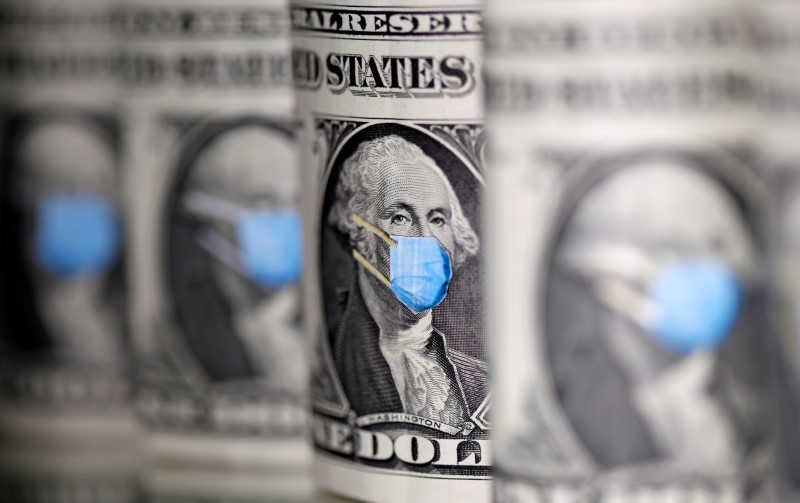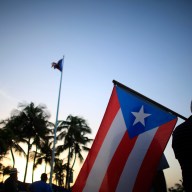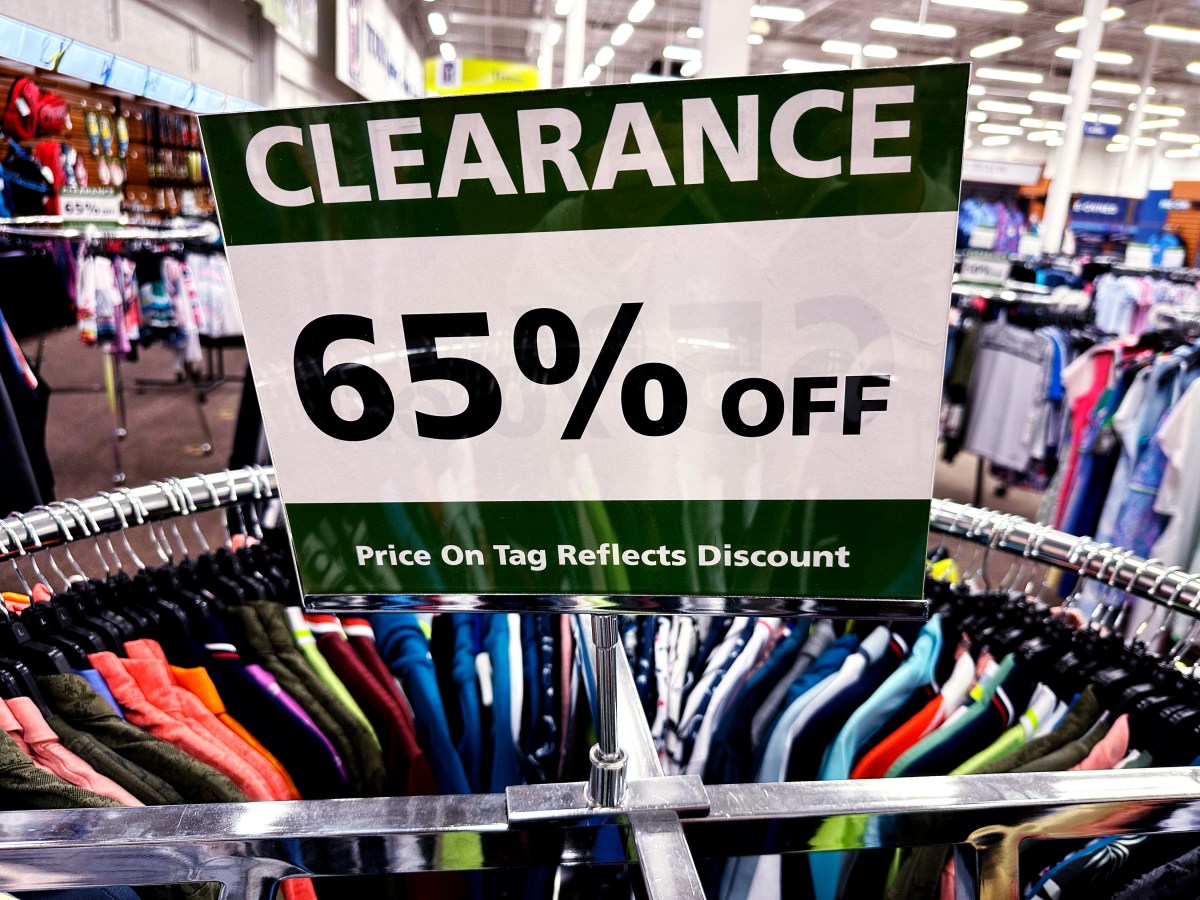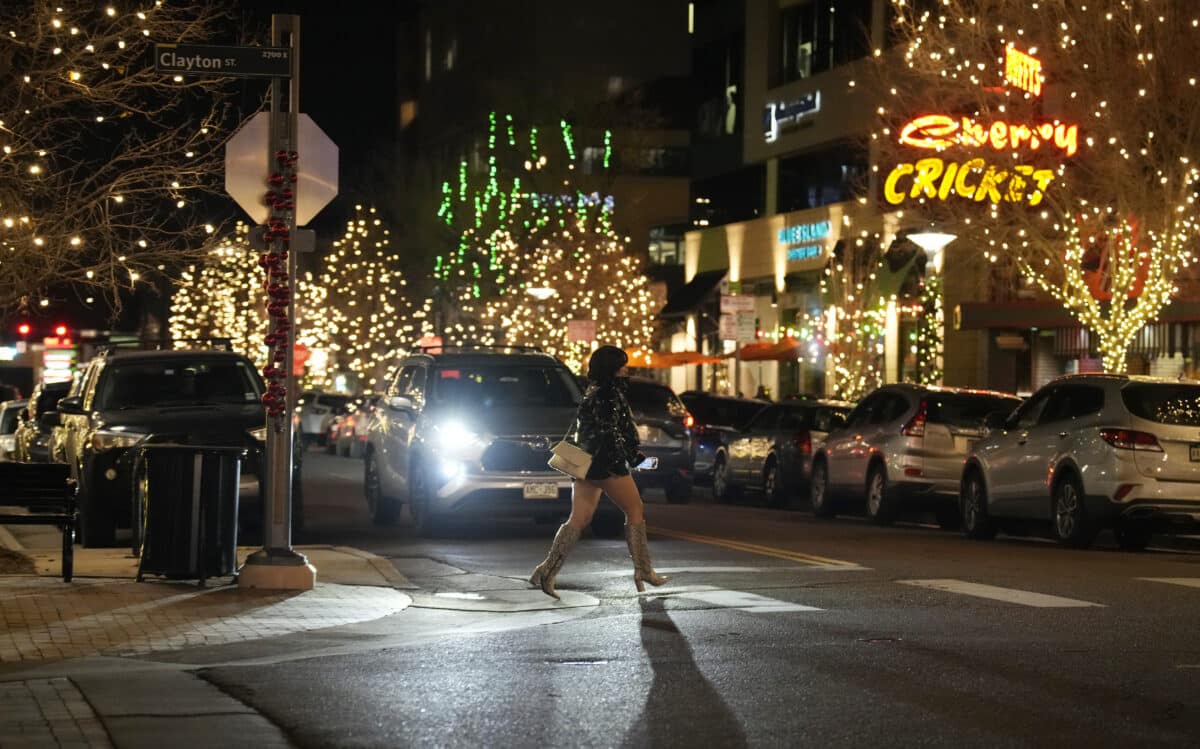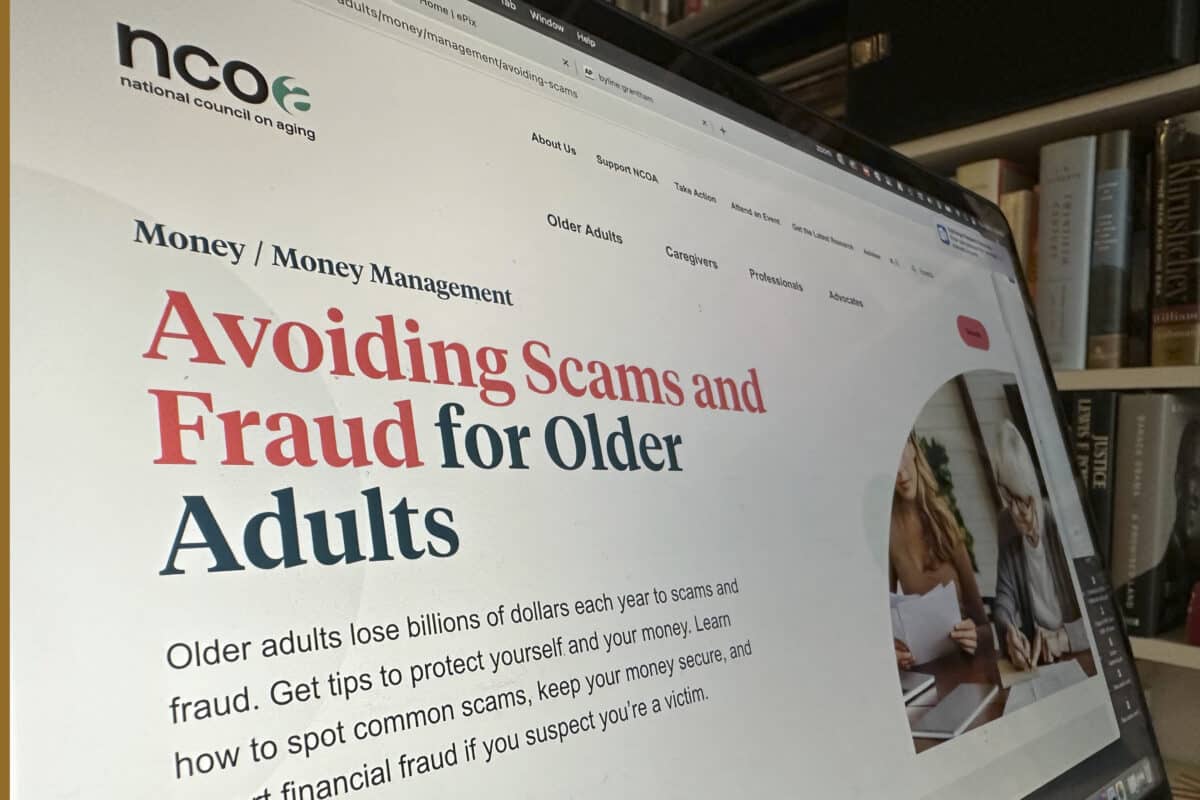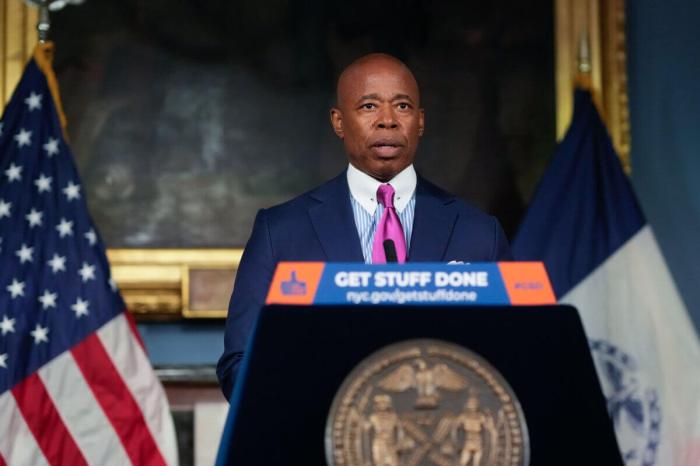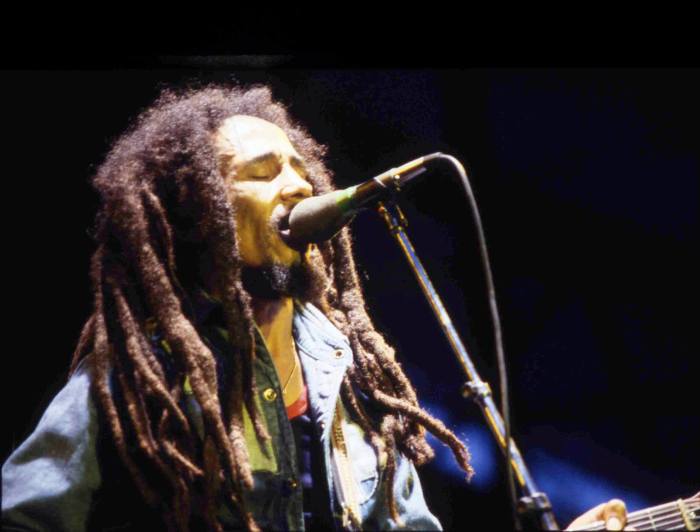(The author is editor-at-large for finance and markets at Reuters News. Any views expressed here are his own)
LONDON (Reuters) – Many households have built up a stash of savings during the coronavirus lockdowns of the past three months — and how they view them may dictate the speed of recovery from the pandemic.
Although the shock has caused spikes in unemployment, most households spent lockdown periods either working from home, furloughed or on direct government income support. And with few goods or services available to buy, their savings have soared.
Whether people see these unexpected cash hoards as a windfall or a buffer against future uncertainties is likely to determine the speed of the recovery, at least this year.
If the public treats the money like a tax rebate, spending could surge, says Paul Donovan, chief economist at UBS’s global wealth management arm. He points to U.S. tax rebates in 2001 and 2008, money from which was fully spent within about two quarters — mostly on durable goods such as furniture and consumer electronics.
As lockdowns lift with no second wave of virus infections so far, pent-up spending could be a big boost to third-quarter consumption — underlining why some investors still believe in a “V-shaped” recovery.
“This involuntary saving could be spent. It will depend on fear and trust,” Donovan said. “Fear of the virus and fear of unemployment need to be low. Trust in government policy needs to be relatively high.
“These are, after all, savings that many people never wanted in the first place — at least as far as saving on entertainment and services is concerned.”
CASH STASH
U.S. Bureau of Economic Analysis data last week showed the personal savings rate almost trebled to a record 33%, or $6.15 trillion, in April — having already doubled to more than $2 trillion in March. In the six months before, the average was nearly $1.3 trillion, or just under 8%.
Directly comparable data for Europe, which locked down earlier, is not yet available, but the European Commission is forecasting that household savings rates will nearly double to 20% this year. Bank of America meanwhile points to a record jump of over 300 billion euros in euro zone private sector deposit inflows in March, although that will include firms building up cash to survive the freeze.
And on Tuesday, Bank of England data showed UK household deposits rose by 30 billion pounds over March and April compared to average monthly increases of 5 billion pounds in the six months prior. There was also record net repayment of consumer credit of 7.4 billion pounds in April alone.
Donovan notes that despite the large aggregate numbers, the distribution is scattered.
For many furloughed workers in Europe, for example, income has been at 80% of normal levels. But spending has probably declined by 20-30% across the major economies.
Some American households may even see a temporary rise in weekly incomes as they claim jobless benefits of $1,000 per week — higher than half of all working wages. They also get a $1,200 one-off government payment.
It is higher income groups that tend to save more, however, as they spend a smaller share of their incomes on food and essentials. Much of that discretionary spending is on services such as travel, restaurants and entertainment that have largely been unavailable during the crisis.
POLICY TWISTS
While major uncertainties remain about the reopening of economies, job security, the trajectory of the virus and a potential vaccine, government and central bank policies will help determine whether this money leaves bank accounts as quickly as it arrived.
Harvard economist Kenneth Rogoff argues that preventing cash hoarding is one reason why the U.S. Federal Reserve should consider adopting negative interest rates — effectively a charge for not spending — as European central banks have done.
Others fear zero and negative deposit rates just lead to a “paradox of thrift”, where people put aside even more to make up for lost returns — further swelling the savings glut.
For governments, the issue may also inform post-pandemic support. With private consumption the main driver of economic activity — as high as 70% of GDP in the United States — Barclays economists say changes in savings patterns could easily offset any new fiscal measures.
They argue that fear of future tax rises to fix public finances could prompt household caution — so-called “Ricardian equivalence”, a phenomenon sketched by 19th century economist David Ricardo suggesting the public’s behaviour in response to government saving or borrowing offsets the impact of policies.
What is clear is that current bloated savings levels mean confidence, or lack of it, could have a snowballing impact in the second half of 2020. Financial markets are already taking that on board.
(By Mike Dolan, Twitter: @reutersMikeD; Editing by Catherine Evans)

